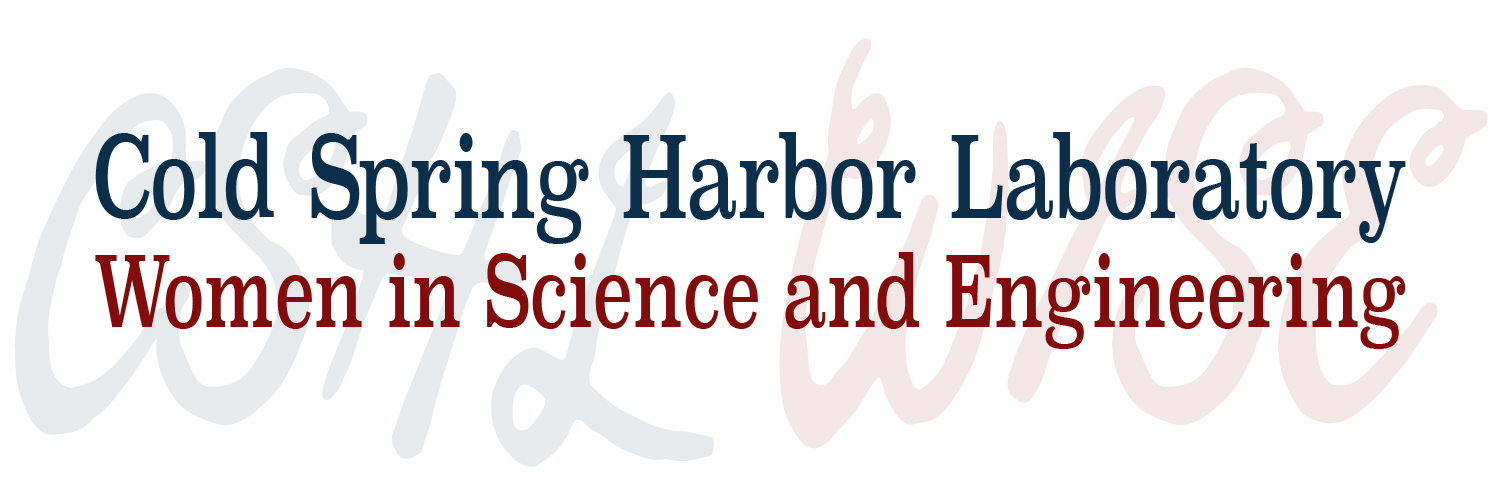Eleanor Margaret Burbidge
This week we are writing about a woman in science who recently passed away at the age of 100, Dr. Eleanor Margaret Burbidge. Dr. Margaret Burbidge was born on August 12th, 1919 and died this month on April 5th, 2020. She has made a significant impact in the field of astronomy. In 1950s, she was one of the authors that published the monumental B2FH paper, written about the process of stellar nucleosynthesis, she studied galaxy rotation curves and quasars, worked on the Hubble Space Telescope, is well known for combating discrimination against women in astronomy, and has authored over 350 research papers.
She was born in the United Kingdom, more specifically in Davenport, but she would be coming to the United States as well as the United Kingdom throughout her career in astronomy. From a very young age, around 4 years old, Margaret became fascinated with the stars. Her family, who encouraged her intellectual curiosity, had brought Margaret on a ferry ride in France along the English Channel. She remembers viewing the stars and becoming enamored by it. Already by age 12, Margaret had begun reading textbooks on astronomy. Her family came from a science background. Her father taught chemistry, and her mother had been his student at one point. Her father also had earned many patents in his career.
Margaret went to university for her undergraduate studies at the University College London. She studied astronomy, mathematics, and physics. She received her Bachelor’s in 1939. She would then continue her studies, while pursuing a PhD at the University of London in 1943. While doing her PhD, she took care of the telescope at the university’s observatory, which was normally done by men.
Unfortunately, she would reach an obstacle due to her gender. When applying for a postdoctoral fellowship, she was denied because the position was only reserved for men. That did not stop Dr. Burbidge (she would later apply again, be turned down, and come to this observatory telling the management that she was her husband’s assistant). After WW2 ended, Dr. Burbidge began teaching. She taught astronomy at the University of London to undergraduates. Interestingly, her husband who was in theoretical physics was convinced by Dr. Burbidge to switch his field of study to astrophysics. That was the beginning of a great collaboration.
In 1951, she worked at the University of Chicago’s Yerkes Observatory. There, she worked on researching the abundances of chemical elements in stars. In 1953, she returned to the UK and worked at the University of Cambridge with her husband. Soon thereafter, Dr. Margaret Burbidge and Dr. Geoffrey Burbidge would move back to the United States on the suggestion of Dr. William Alfred Fowler, to follow him to California in 1955. Dr. Fowler suggested to Dr. Margaret Burbidge to apply again to the position at Mount Wilson that had previously denied her entry (because she was a woman). She was denied once again, so her husband ended up taking that job and she took a job at Caltech. That did not stop Dr. Burbidge from going with her husband to Mount Wilson. She would accompany him and it was eventually allowed by the management of the observatory.
In 1957, Dr. Margaret Burbidge, along with her husband, Dr. Geoffrey Burbidge, Dr. William Alfred Fowler, and Dr. Fred Hoyle combined their research to come up with the hypothesis that all the chemical elements are made in stars and are produced by nuclear reactions. This process became known as stellar nucleosynthesis. It was published in a review article known as B2FH (named after their last names). Dr. Margaret Burbidge was the first author of the article, which would go on to become an extremely influential paper in astronomy. In 1962, Dr. Margaret Burbidge began working at the University of California San Diego. She studied galaxies and quasars. In 1972, she became the director of the Royal Greenwich Observatory.
She has been public about discrimination against women. She turned down an award offered specifically to women. After that, the award granting organization,which was the American Astronomical Society (AAS) would set up a committee to re-evaluate women’s role in astronomy.
In 1976, Dr. Margaret Burbidge would become the first female president of the AAS. Under her order, she banned holding AAS meetings in states that would not ratify the Equal Rights Amendment. In 1979, she became the first director of the UCSD’s Center for Astrophysics and Space Science. In 1981, she was elected President of the American Association for the Advancement of Science. In 1983, she also went on to receive the National Medal of Science by U.S. President, Ronald Reagan. In 1984, Dr. Burbidge was awarded the highest honor from the AAS, known at the Henry Norris Russell Lectureship.
Information gathered from:
https://en.wikipedia.org/wiki/Margaret_Burbidge
To Find more Information:
